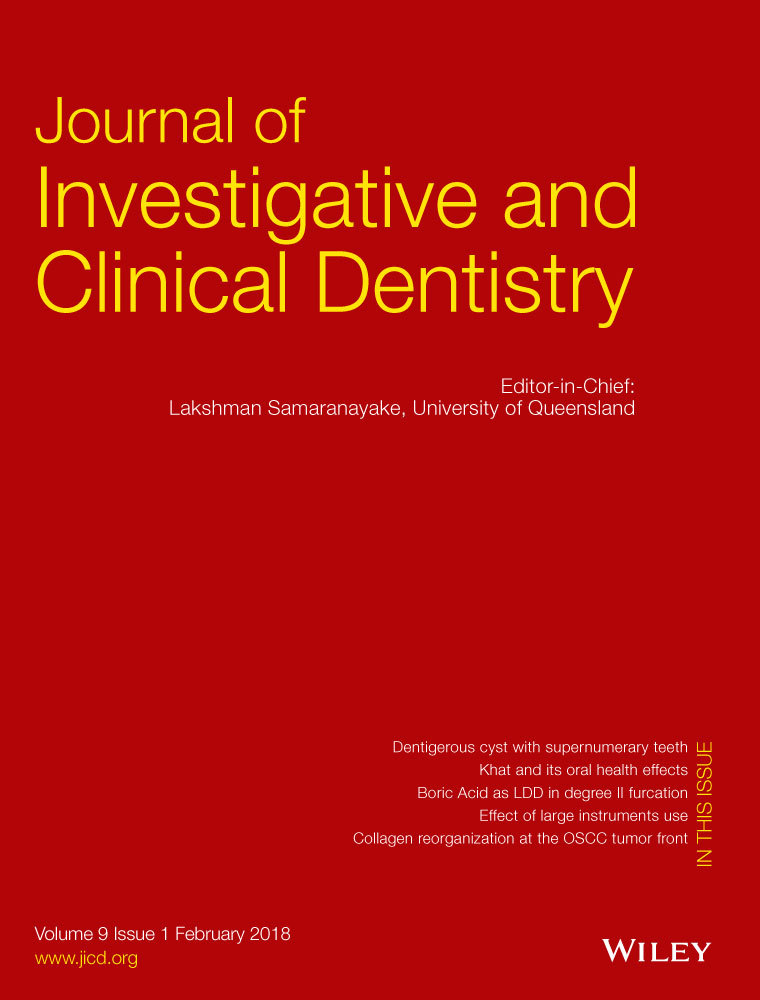No detectable human herpesvirus-8 oral shedding in seronegative-healthy, immunocompetent individuals from non-endemic regions for Kaposi's sarcoma: A pilot study
Abstract
Aim
Saliva can play an important role in human herpesvirus-8 (HHV-8) transmission in endemic regions for Kaposi's sarcoma (KS). Little is known about HHV-8 oral shedding in immunocompetent individuals from non-endemic regions for KS.
Methods
We conducted a prospective study of HHV-8 salivary excretion among 59 healthy, immunocompetent individuals from São Paulo, Brazil, followed up weekly for 4 months, resulting in 16 saliva samples from each participant. Antibodies to HHV-8 latency-associated nuclear antigen (LANA) and lytic-phase antigens were investigated with immunofluorescence assays (IFA). HHV-8 DNA detection was performed using real-time polymerase chain reaction (PCR).
Results
All 59 individuals were seronegative to LANA and lytic antibodies. HHV-8 DNA was undetectable in saliva samples in 100% of the participants, totaling 944 samples and being consistently negative during the different periods of sampling, which lasted approximately 120 days. No sequences of HHV-8 DNA were detected in the saliva samples of healthy, immunocompetent adults by using real-time PCR, with the resulting data being consistent with IFA-based serological tests.
Conclusions
Unlike other herpesviruses, HHV-8 is not excreted in the saliva of healthy individuals from non-endemic regions for KS.




